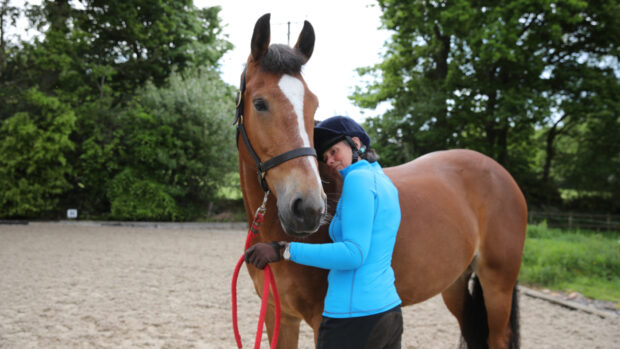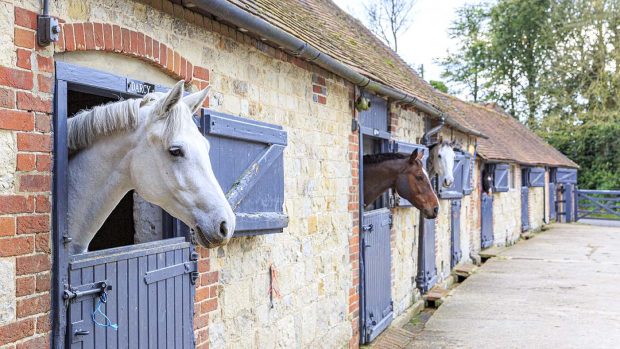Equestrian employers have been urged to do the maths and make a plan ahead of minimum wage increases this spring.
Workers on minimum rates across all age groups will take home more money per hour from 1 April.
The national living wage – the minimum amount someone over the age of 23 can be legally paid – is rising from £8.91 to £9.50 and rates for younger workers are also rising.
The age threshold for the living wage was lowered from 25 to 23 in April this year and will be further reduced to 21 by 2024.
Based on a 40-hour working week, employers’ wage bills will be around £100 more per month for each staff member from 1 April.
Other points for businesses to be aware of are changes to the accommodation offset, which can be calculated by employers as counting towards minimum pay, which is rising from £8.36 to £8.70 a day. Employers should also be aware of the forthcoming closure of the loophole stating that a worker does not need to be paid minimum wage if they live with their employer and are treated as a member of the family.
“Employers are going to have to consider a string of options as to how to balance the books once the minimum wage increases,” a spokesman for the Equestrian Employers Association told H&H.
“The inevitable staffing cost increase has to be absorbed by the business somehow. It asks a big question, are the traditional working hours of an equestrian yard not viable any more? Considerations must include a shortening of the working day, split shifts, investment in time-saving solutions and an increase in livery and training charges.”
Take an EEA survey on the impact the changes may have
Lucy Katan, of the British Grooms Association, said she “does not think our industry is ready” for the impact of the rise.
“The question is how are yards going to cope with this?” she told H&H. “The only option is that keeping horses is going to become more expensive – I can’t see any other way around it. Yards can also become smarter in the ways they work.”
She added that “thinking outside the box” and finding ways of modernising practices, without compromising horse welfare, will be key. Looking at whether everyone needs to be on the yard to feed at 6.30am or if staggering arrival times would work, and doing the maths on potential investments that could save time, such as rubber matting, are two examples she gave.
Ms Katan said false self-employment, where people are incorrectly told they are self-employed when they should be classed as employees, remains a major issue in the horse world. She added that she has also “never heard of so many HMRC investigations in the equestrian world” as she has in 2021.
“If you are an employer and you think you are going to avoid this, you are going to get found out,” she said.
You might also be interested in:

More than half equestrian bosses still flouting employment law, survey finds
“It is quite unthinkable that in 2020 many employers are still choosing to ignore the law”

A ‘clear way forward’ to recognise grooms in horse sport

5 reasons why a subscription to HorseandHound.co.uk makes the perfect last-minute gift
Horse & Hound magazine, out every Thursday, is packed with all the latest news and reports, as well as interviews, specials, nostalgia, vet and training advice. Find how you can enjoy the magazine delivered to your door every week, plus options to upgrade your subscription to access our online service that brings you breaking news and reports as well as other benefits.




